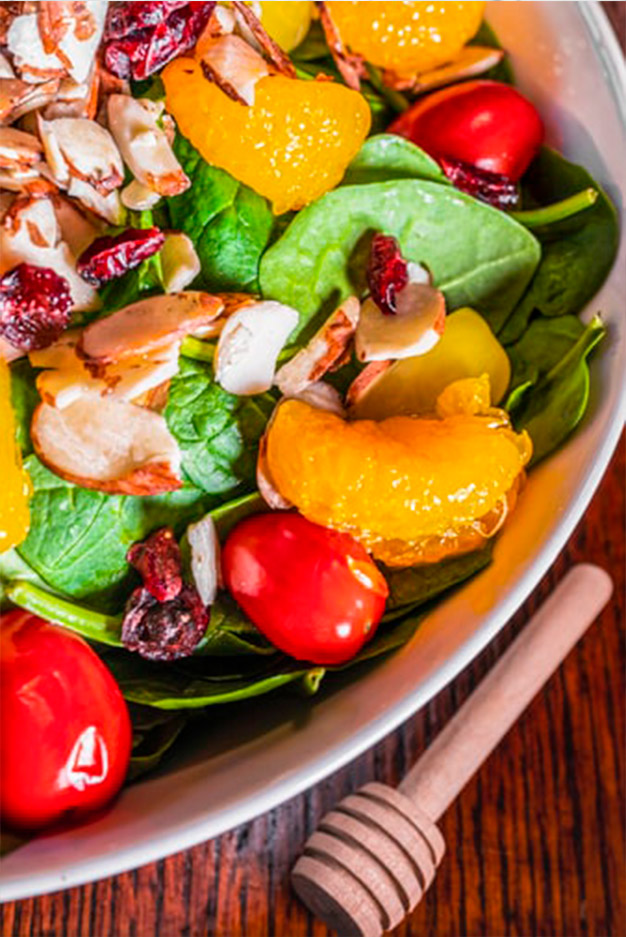Sometimes, foods just go together. You probably know the “classics,” including that PB&J you toted around back in grade school. Beyond that, we all love delicious popular combos like seafood and lemon, tomato and oregano, or strawberries and chocolate. But what about seemingly weird pairings that still work well together, like strawberries and basil or parmesan?
The truth is, these food pairings aren’t just random. And if you’re looking for food matches made in heaven, you’ll find that like most things in the kitchen, it all comes down to science!
The science of taste
For a good food pairing (on the level of the perfect wine and cheese duo) both ingredients have to share some critical flavor compounds. Even though you probably aren’t thinking about the science of food pairing when you’re savoring the perfect mouthful, our perception of flavor is actually pretty complex.
For one thing, our perception of food and flavor goes beyond just taste! You probably already know about the five flavors our taste buds can understand (sweet, salty, sour, bitter, and umami). And we also consider the “mouthfeel” or “texture” of food as we chew. But the majority of our sense of flavor actually comes from our noses! Our sense of smell is pretty powerful, and the scent of an ingredient changes how we perceive its flavor. Think about the last time you were laid up in bed with a stuffy nose. More than likely, everything you ate was kind of bland and tasteless. That’s because we use our sense of smell to understand the flavor of everything we put in our mouth!
How food pairings work
Want to bring the science of food into your kitchen? To do that, you need to know the flavor profiles of the main stars of your dish. When ingredients share key elements of their flavor profiles in common, they might just be the perfect match! (Of course, it’s also important to remember that the flavor profile is just one aspect of a dish. And while it’s important, you shouldn’t forget the other aspects of cooking, like temperature and preparation method, too.)
Playing around with food pairings can bring your cooking to the next level, and it can also help you when you’re matching things like wine and cheese, or figuring out your wine pairings for a main course. In cases like these, you’ll learn that certain wines pair well with foods of a similar flavor profile — which is why you might pair wine with smoky notes to a smoked gouda.
As you experiment with flavor combos, you might just find some fun and surprising matches. Buttery oyster with tangy kiwifruit? Caviar with a side of white chocolate? Ceviche with mango salsa? There are endless ways to experiment with your combos, so keep an open mind for some great-tasting meals!




